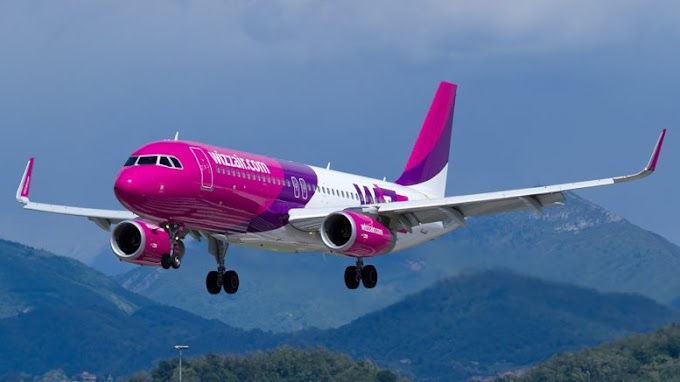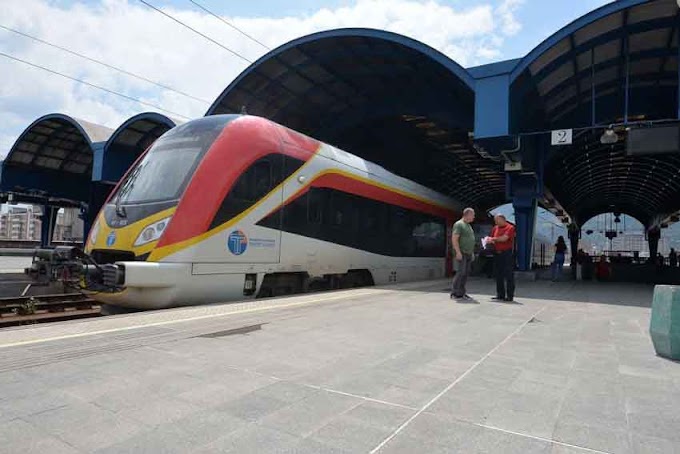"How can nobody think of writing something about the warmest town, in any sense, in Macedonia, Bogdanci? The warmest town with hurricane winds blowing at very high speed. Go on, write something!” – A man from Bogdanci working in Skopje told me.
Bogdanci is a town located by the Gevgelija – Dojran road, in the eastern part of the Gevgelija – Valandovo ravine, in the region of Bojmija, on the right side of Stara River, at an altitude of around 80 meters and headquarters of the municipality of Bogdanci. According to the 2002 census, there are 6.011 residents in Bogdanci, 95.8% of which are Macedonians.
A small and short-lasting snow falls
There is a regional road across Bogdanci that connects it to Gevgelija south and New Dojran and the Dojran Lake northeast. The climate is Mediterranean.
The municipality of Bogdanci is one of the smallest in Macedonia by surface, but it is well inhabited, with 8.707 residents. The average density is highest in the southern part of the country. There are four settlements within the municipality: Bogdanci, the central place and headquarters, Stojakovo, Selemli and Gjavato. All of them are flat, with altitudes lower than 100 meters.
The municipality is functioning within these borders since the 1996 territorial division, prior to which, it was part of the municipality of Gevgelija since 1965, and previously organized as municipality since 1955. The municipality of Bogdanci is a flat region with mildly expressed hills. The Bogdanci field is under Mediterranean and continental climate influence, with pretty hot summers and cold winters. It is one of the warmest municipalities in Macedonia with an average annual temperature of 14.2 degrees Celsius. The average July temperature is 25 degrees Celsius and the summer continues throughout September, with a bit of rainfall. The snowfall during the winter is small and short-lasting, with an average of six days.
The land is of the finest agricultural type, particularly suitable for early gardening and vineyards. However, the municipality is poor with water flows and springs. The alluvium of the river Vardar is one of the more water-rich areas and there have been wells for water supply and irrigation built there. Water-supply wells have also been built near Gjavato for the people of Bogdanci and Gjavato, as well as wells within the project “Saving the Dojran Lake” meant for securing additional amounts of water for the lake.
Accumulations for irrigation of the farmland were built at the river Luda Mara (Paljurci) and near the village Selemli. There are additional seven micro accumulations for irrigation and livestock watering in the region of Bogdanci.
The Park of Windmills will be built here with 15 to 18 windmills planned to be built that will produce 100 gigawatt hours per year. This project will promote the wind energy as a possible and viable resource of electrical energy in Macedonia.
The town of Bogdanci is set 65 meters above the sea, with the necessary infrastructure, modern buildings, shops and restaurants. Visiting the “Saint Athanasius the Great” church is a must. The initial church was built during the first half of 19th century. A new bell tower with a clock in its upper part was built in 1983-84.
A testament to the rich and versatile spiritual life is the Catholic Church. There has been Eastern Catholic Parish in Bogdanci ever since the start of the Kilkis union. The first church was built in 1884, dedicated to the Holy brothers Cyril and Methodius and consecrated by Bishop Lazar Mladenov.
An emperor sent three armies
A contribution to the development of the cultural life has the International graphic workshop “Sofija”, one of its kind in Macedonia and the Balkan, which was held in 2008 for the first time, with the participation of 60 young artists thus far; and the traditional Culture summer – Bogdanci meetings.
Towards the end of the 19th century, when Macedonia was part of the Ottoman Empire, there was revolutionary activity of VMRO in the village. On 31st August 1905, the legendary rebel from Gevgelija, Leonid Jankov, along with two of his friends, was betrayed and surrounded by a Turkish army of three thousand near the place called Gjurov Dol in the village of Gjavato when he committed suicide.
The “Assumption of Mary” church is an important cultural-historical monument. It was built in 1834 and restored in 1893 by Andon Kitanov. The church hasn’t been painted after the restoration, but it has a beautiful iconostasis that was built in the more recent past and is made of old and new icons. The old ones date back to the 19th century.
 Selemli is at an altitude of 150 meters and the main activity is farming. The Greek border is one km south and Bogdanci is 10 km away. The local climate is variably continental with significant influence from the Aegean Sea, which is why the summers are hot. According to the 2002 census, there are 327 residents in the village, around 90% of which are Serbians.
Selemli is at an altitude of 150 meters and the main activity is farming. The Greek border is one km south and Bogdanci is 10 km away. The local climate is variably continental with significant influence from the Aegean Sea, which is why the summers are hot. According to the 2002 census, there are 327 residents in the village, around 90% of which are Serbians.
Stojakovo is a bigger settlement and it is at an altitude of 60 meters, with stockbreeding the other main activity other than farming. The territory where Stojakovo is located has been inhabited since ancient times, with the many archaeological findings located nearby a testament to that. The population is mainly dealing with early gardening and vineyards, the result of which are the quality wine and brandy.
Every year on 1st May, Stojakovo is the host of the Traditional 1st of May races in several disciplines – horse race, donkey race, 100 meter race, jumping in bags, roller-blade race, 3000 meter race, bike race and rope pulling – which is a tourist attraction.
Royal residence
With the project “Paljurci – a blend of natural beauty and primeval past”, several recreational houses, set on the coast of the artificial lake “Paljurci” were built in the municipality of Bogdanci. The goal of the project is to enrich the tourist offer in the region through arranging of the coast of Lake Paljurci, thus creating conditions for the development of an integrated tourist offer through a combination of rural, cultural – historical, mountain and sports – recreational tourism.
Paljurci became interesting during the visit of Prince Ghazanfar Ali Khan with the title of Mir, and Princess Rani Atiqa of the Hunza people, who consider themselves to be Macedonians and descendants of Alexander the Great and live in the base of the Himalayas in Pakistan. Particularly interesting was the announcement that a royal residence of the Hunza people would be built at Paljurci, and the building of a hotel, as well. The Hunza residence would border with the Catholic monastery complex and the Church of Paul the Apostle, together spread around the Paljurci dam.
“It is a grandiose place of the Macedonian history, religion and culture. It is a place that, according to the Bible, Paul the Apostle visited when he came to Macedonia. It is a place where the students from the Kilkis gymnasium, along with Goce Delcev, often stopped by. The monastery was finished on the day of the 1903 uprising, but the foundations were laid on the day of the founding of VMRO” – says Dr. Dimitar Mirchev, former ambassador in the Vatican.
 The story about Paljurci was also told by President Ivanov in Vatican in 2009. The American missionary Miss Stone stayed there, as well as Goce Delcev, who asked Vatican for their help during the Macedonian revolutionary activity from there.
The story about Paljurci was also told by President Ivanov in Vatican in 2009. The American missionary Miss Stone stayed there, as well as Goce Delcev, who asked Vatican for their help during the Macedonian revolutionary activity from there.
A great contribution to the development of tourism in that region has the recreational track Paljurci – Dojran, which was opened two years ago, where it is said that Paul the Apostle walked on. It goes through a beautiful landscape where the nature is full of animals and is a good place for those who like hunting.








